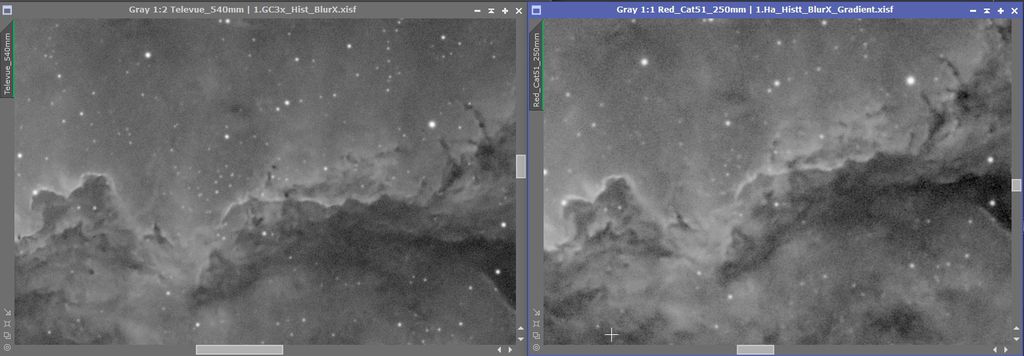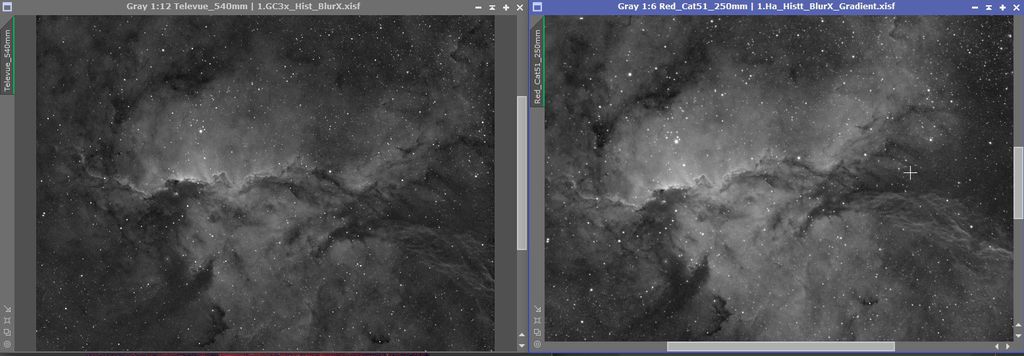Let's go in parts:
Your 360 mm focal telescope, together with your 3.76 µm camera, will require an RMS of 2"/pixel from the mount, which is very easy to achieve if you do a good setup. I don't see the need to spend money on increasing the precision of the guidance for this focal, if that is going to be your usual equipment. If you wanted to improve, I would improve the resolution. With this configuration that you have (360 mm/3.76µm) you have under samplig, that is your equipment is not capable of getting all the detail out. Which is not a problem, don't be alarmed, it can take impressive photographs and with a little deconvolution processing, like BlurXterminator, you can get very good detail.
However, if you increase the focal length or reduce the pixel size of the image camera, you will improve the resolution. I leave you a link so you can play and see the calculations:
https://astronomy.tools/calculators/ccd_suitabilityLater, I will send you a resolution comparison between a Red cat 51 (250 mm) and a Televue NP101 IS (540 mm) with the same 3.76um ASI2600MM camera.
With this tool you will be able to know what resolution you get, which also coincides with the maximum RMS that you should achieve in the guidance. For example, as a future improvement, I would invest in a telescope with a larger focal length, over 500 mm, which would give you optimal resolution and would only require an RMS of 1.47"/pixel. You can also change to a camera with a smaller pixel size , 2 to 3 µm.
My advice is that you learn to use your equipment, keep it for 1 or 2 years, know your mount well, Nina or Asi Air, learn to process with Pixinsigth and retouch with photoshop and when you master everything, you will know what you want, smaller or biger field, higher resolution, higher optical quality, you will see it.
As for the Svony Dual Band filter, just tell you that you will have a Ha and O3 signal, but not S2, so when you use Narrow band filter you will have to process it as HOO or add the image to the RGB (search on YouTube, there are thousands of turorials).
Start without a filter, since you have an OSC camera it will give you a color image, learn how to stack, how to make calibration images. I started 24 years ago with an OSC in Bortle 3 sky and I just stacked without calibration. Well 24 years ago I used chemical film, but that is another topic.
I repeat, my advice is not to spend money now, because in a short time you will want to change the quality of your optics, filters and camera. I think your telescope is the same as the Radian Raptor 61, which had chromatic aberration in the blue. I had a Radian and got rid of it, because the stars looked like planets. My 22-year-old Televue NP101is never fails. For affordable future investments, think about an autofocuser and purchasing software licenses, pixinsigth and Photoshop.
Good luck and you'll show us some photos.




